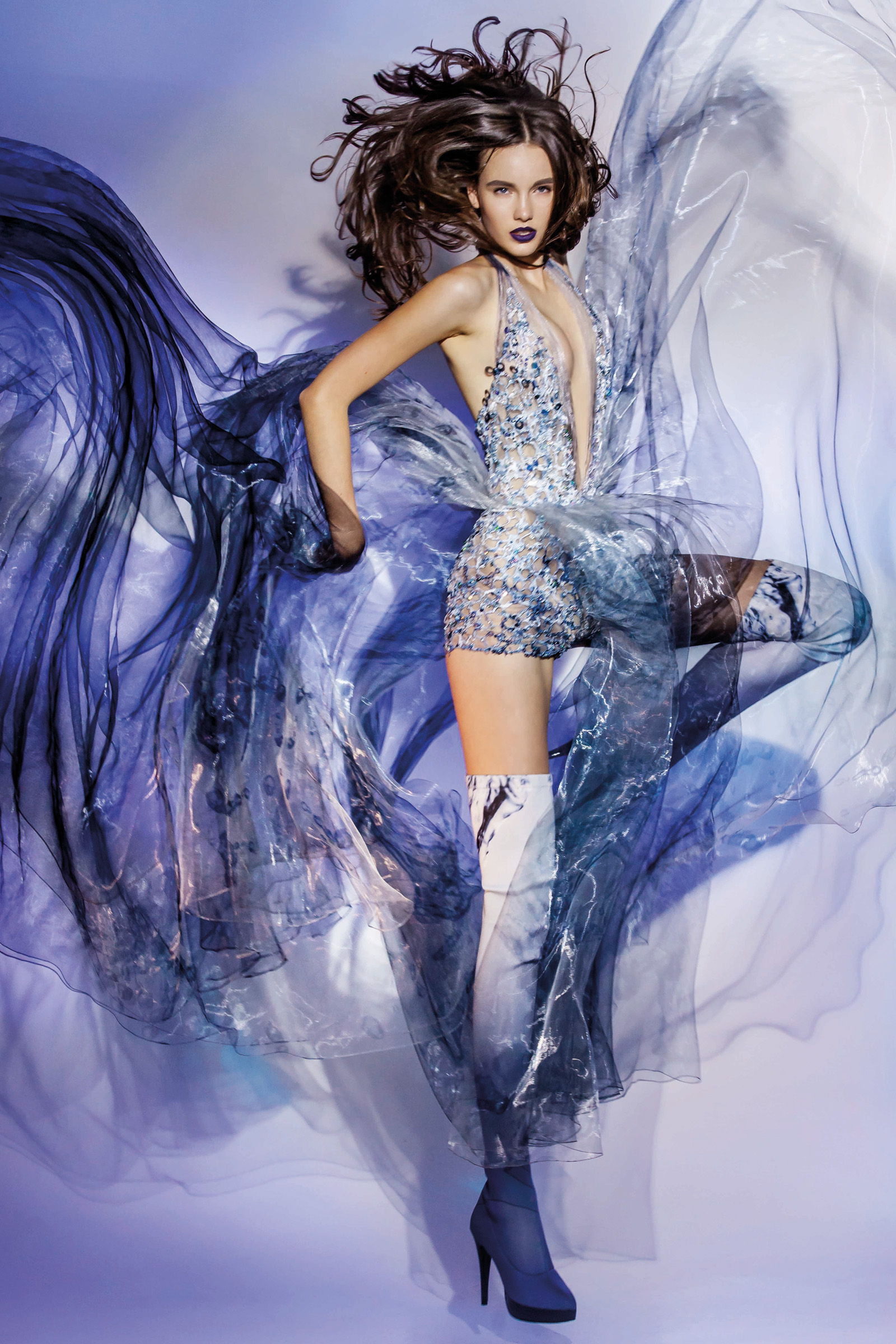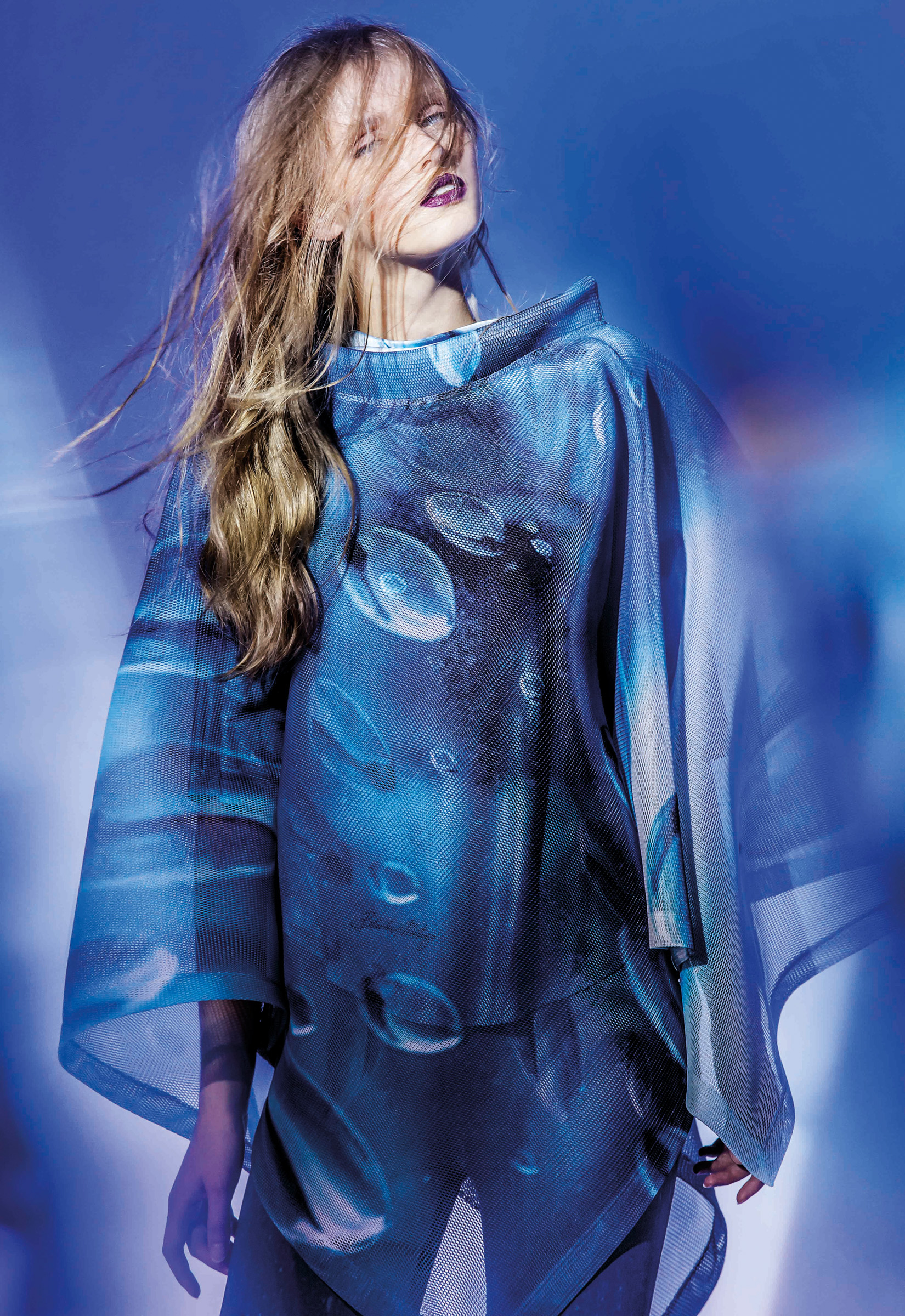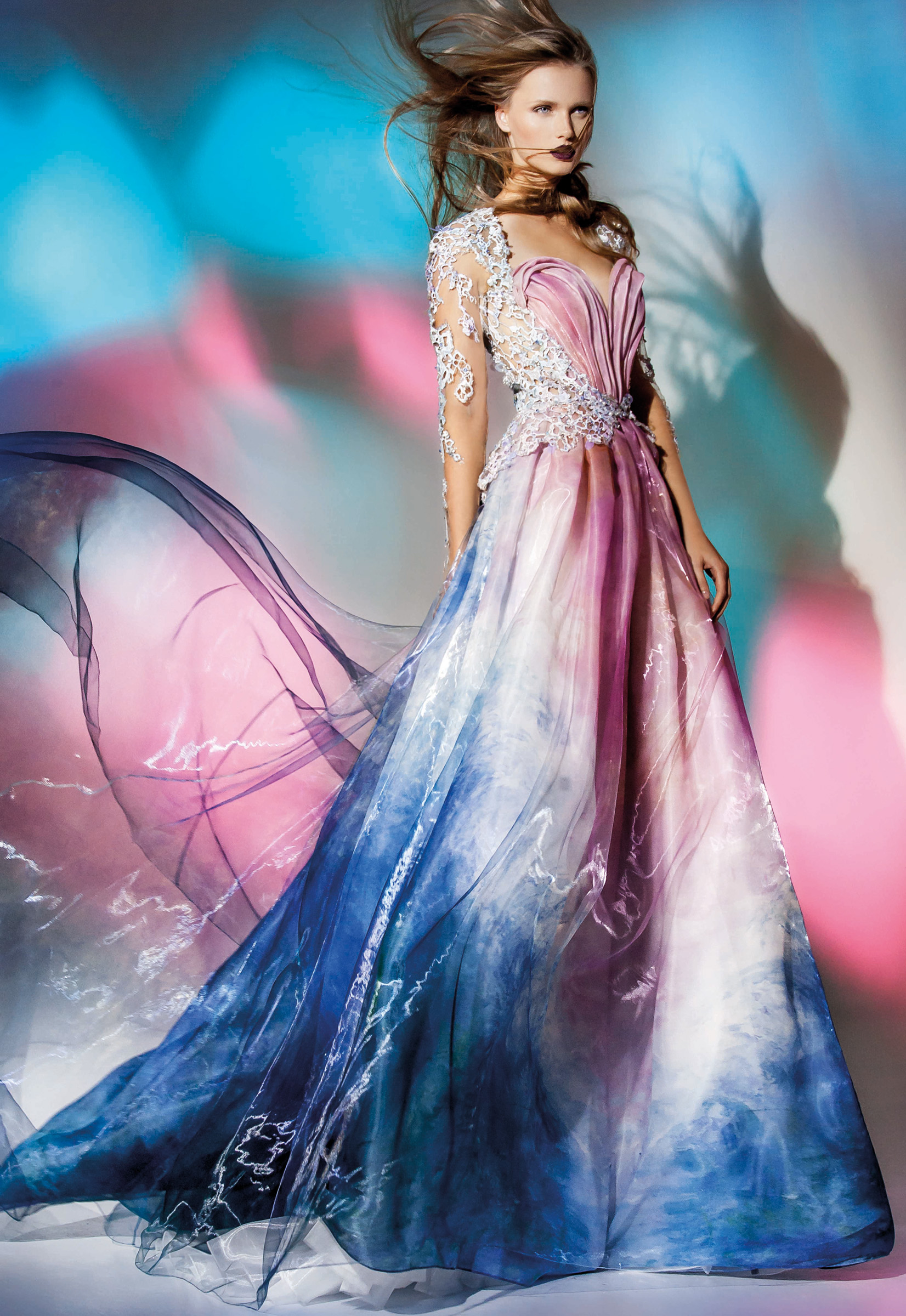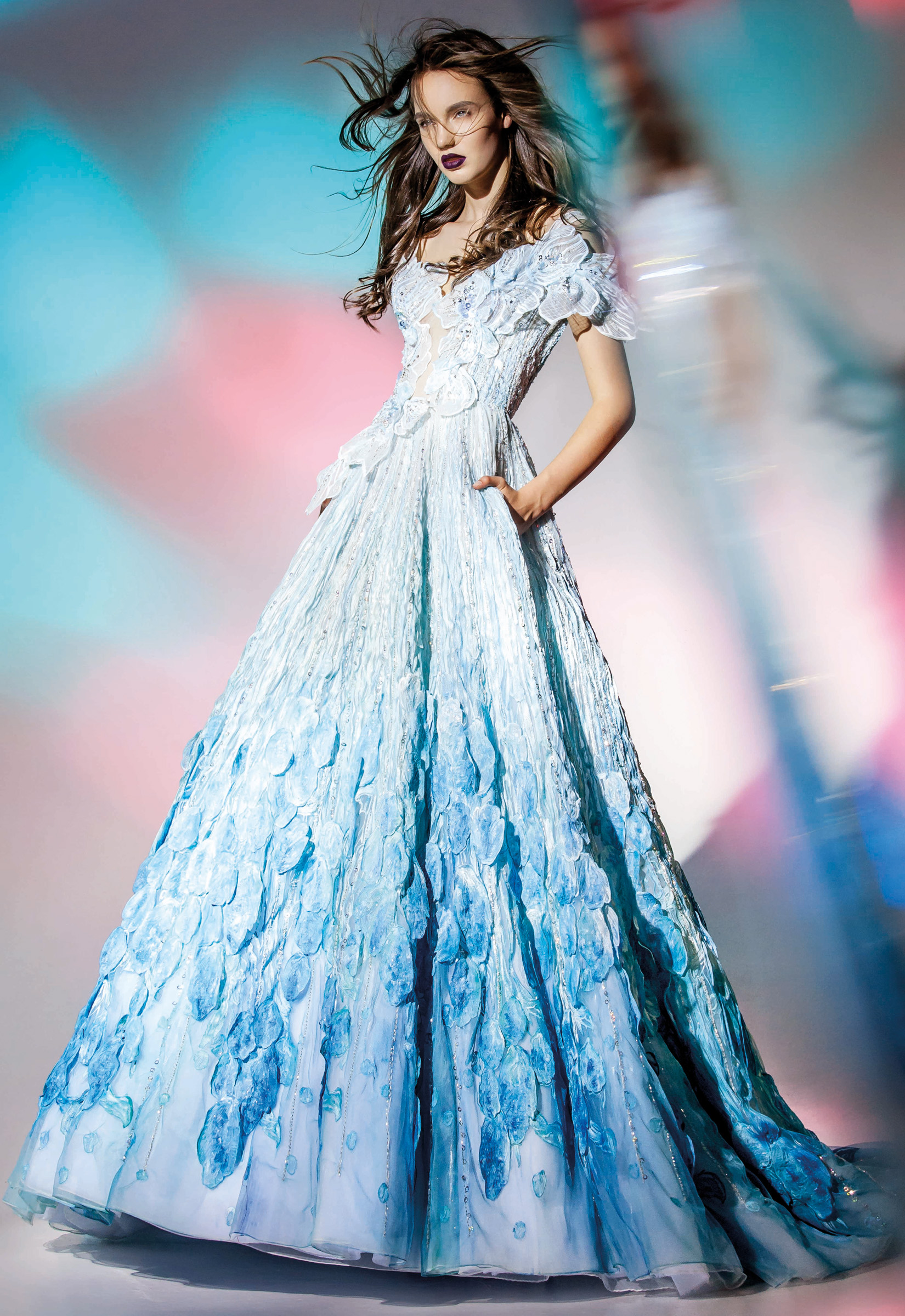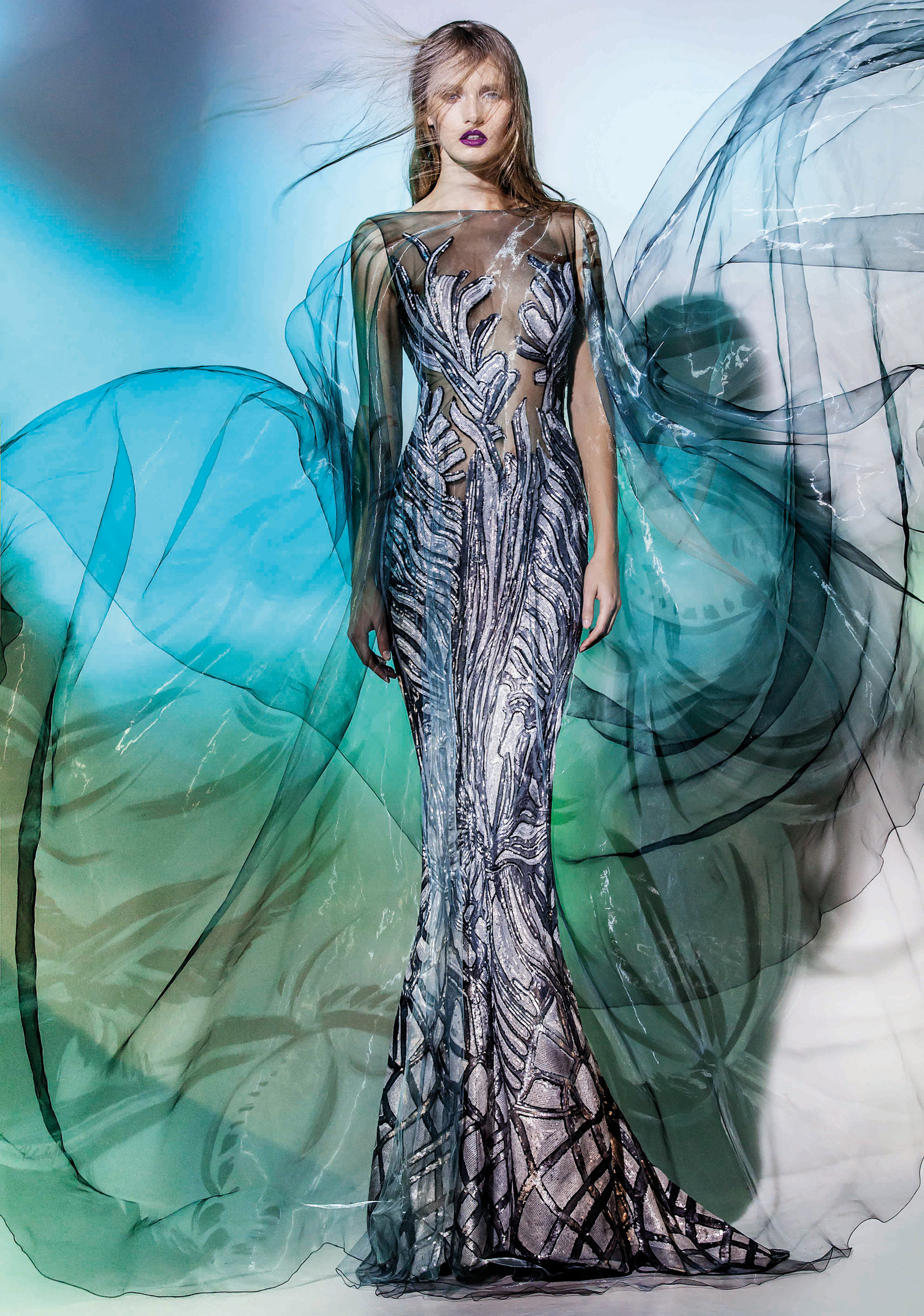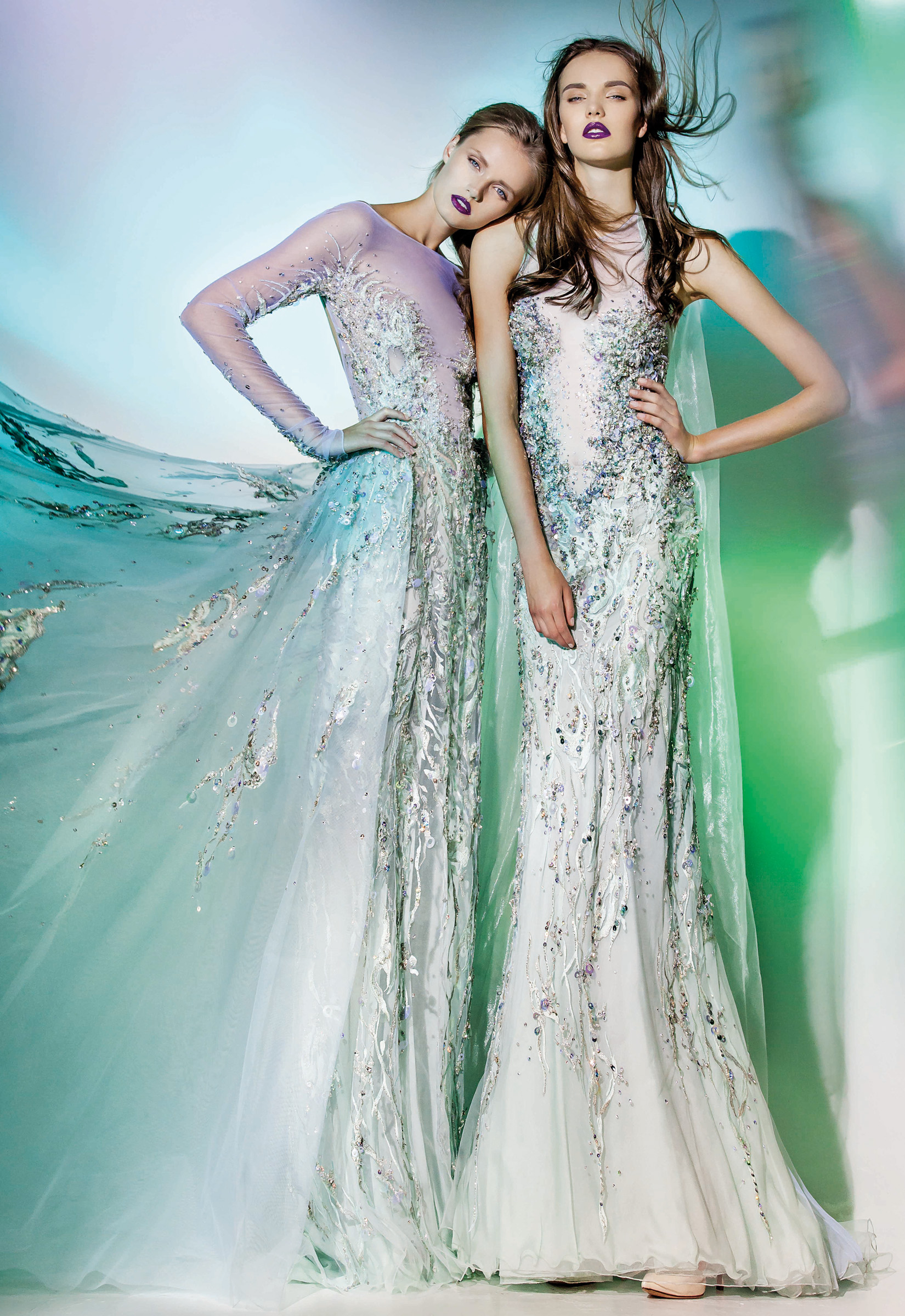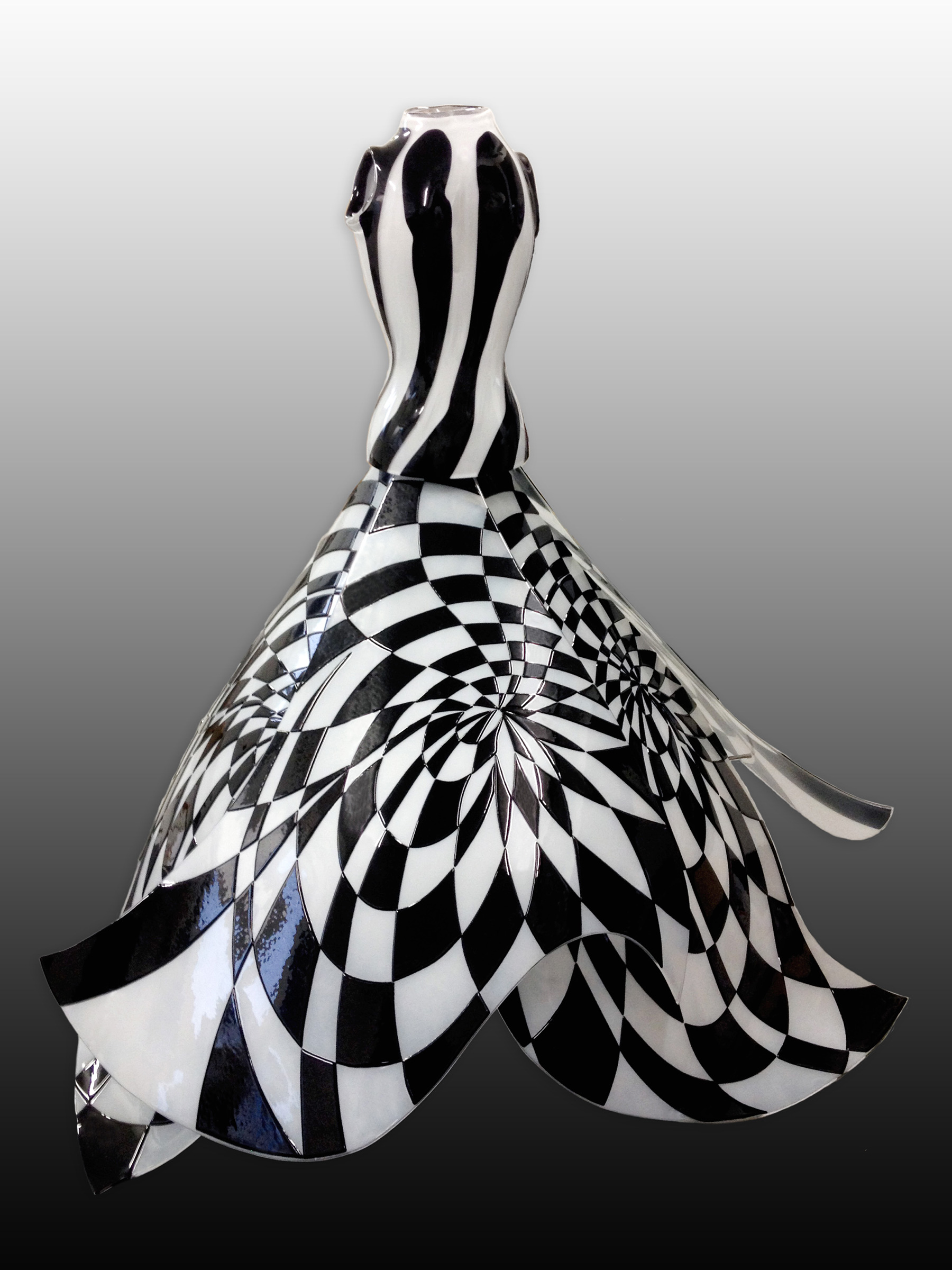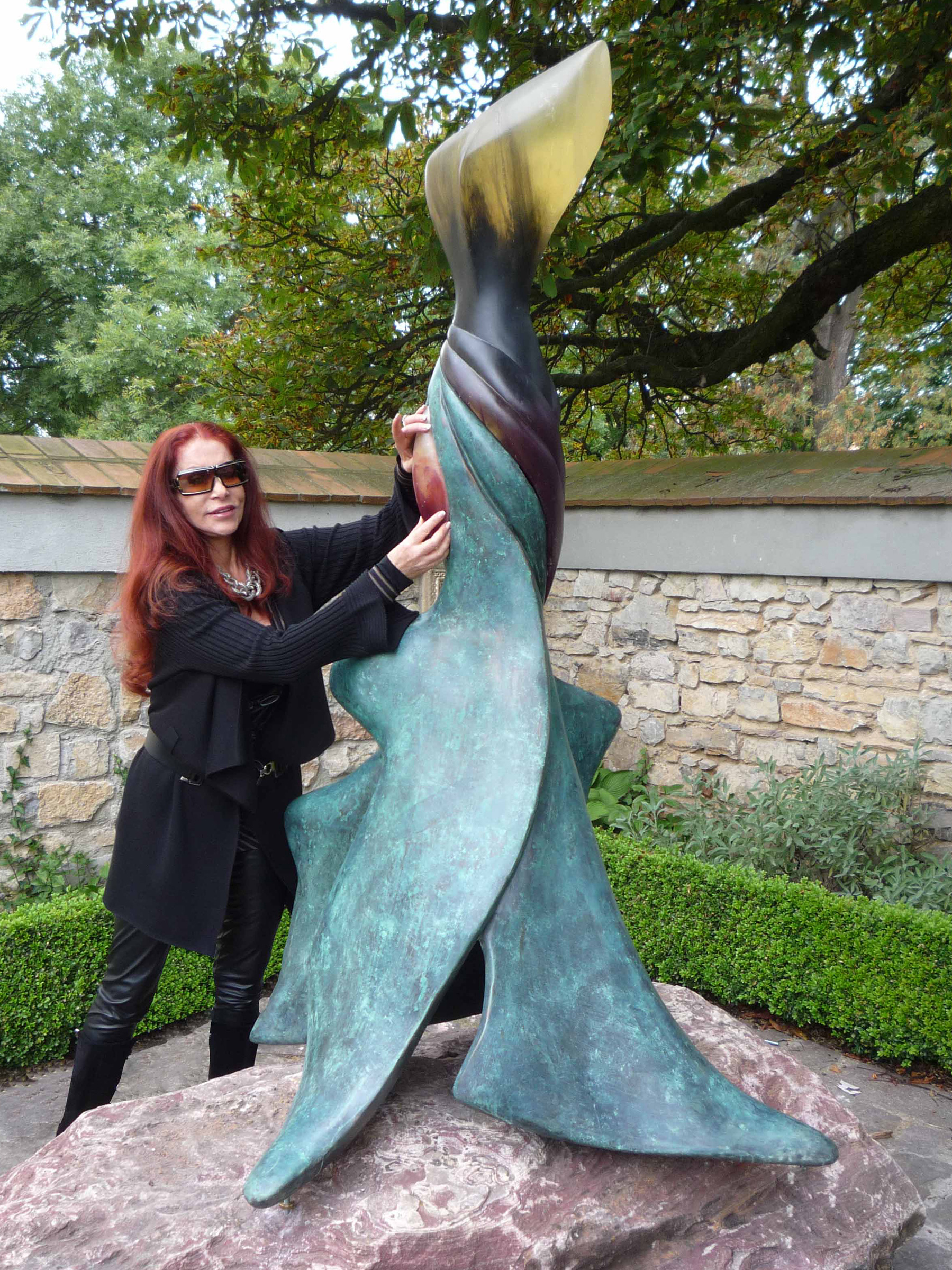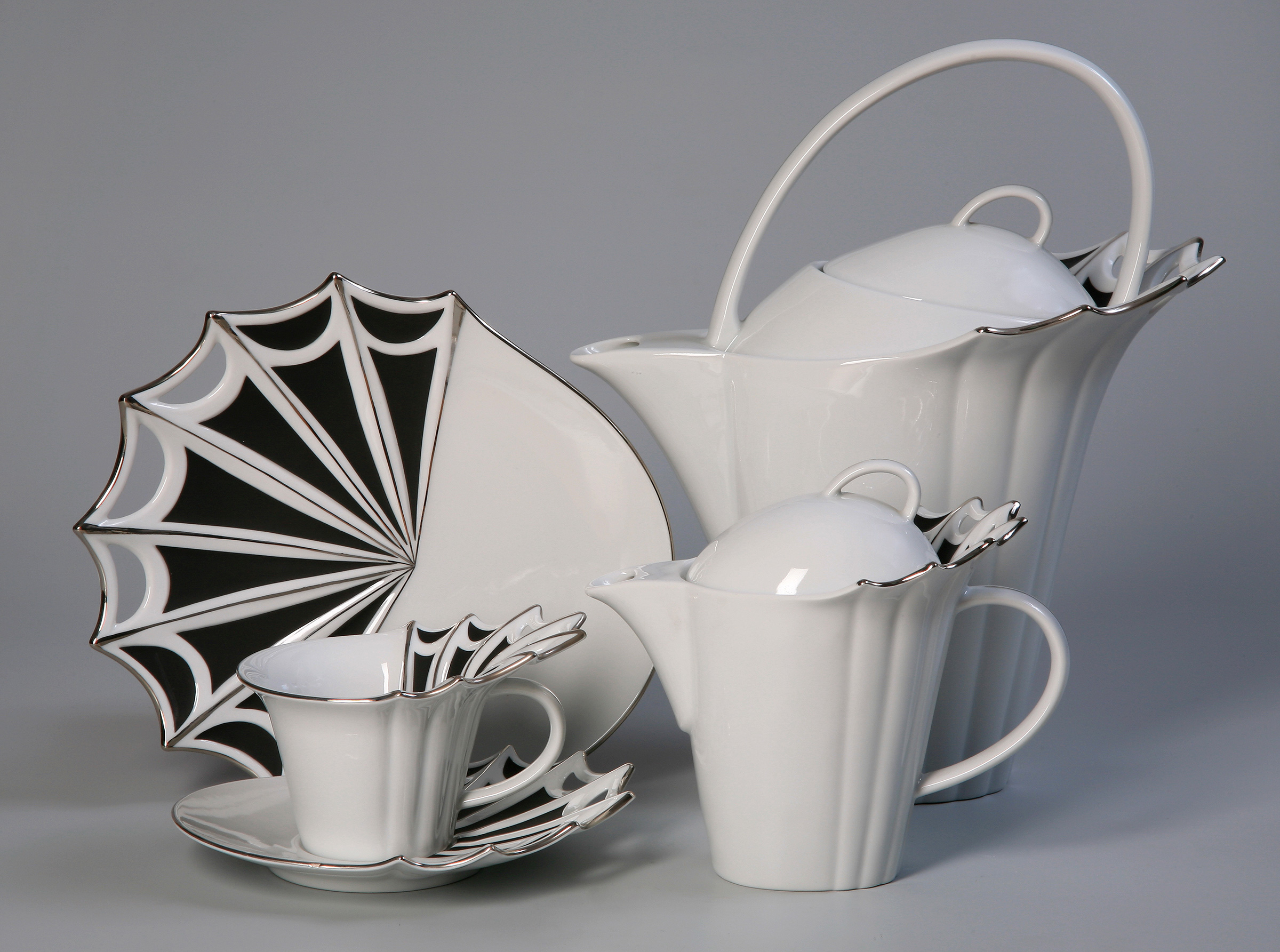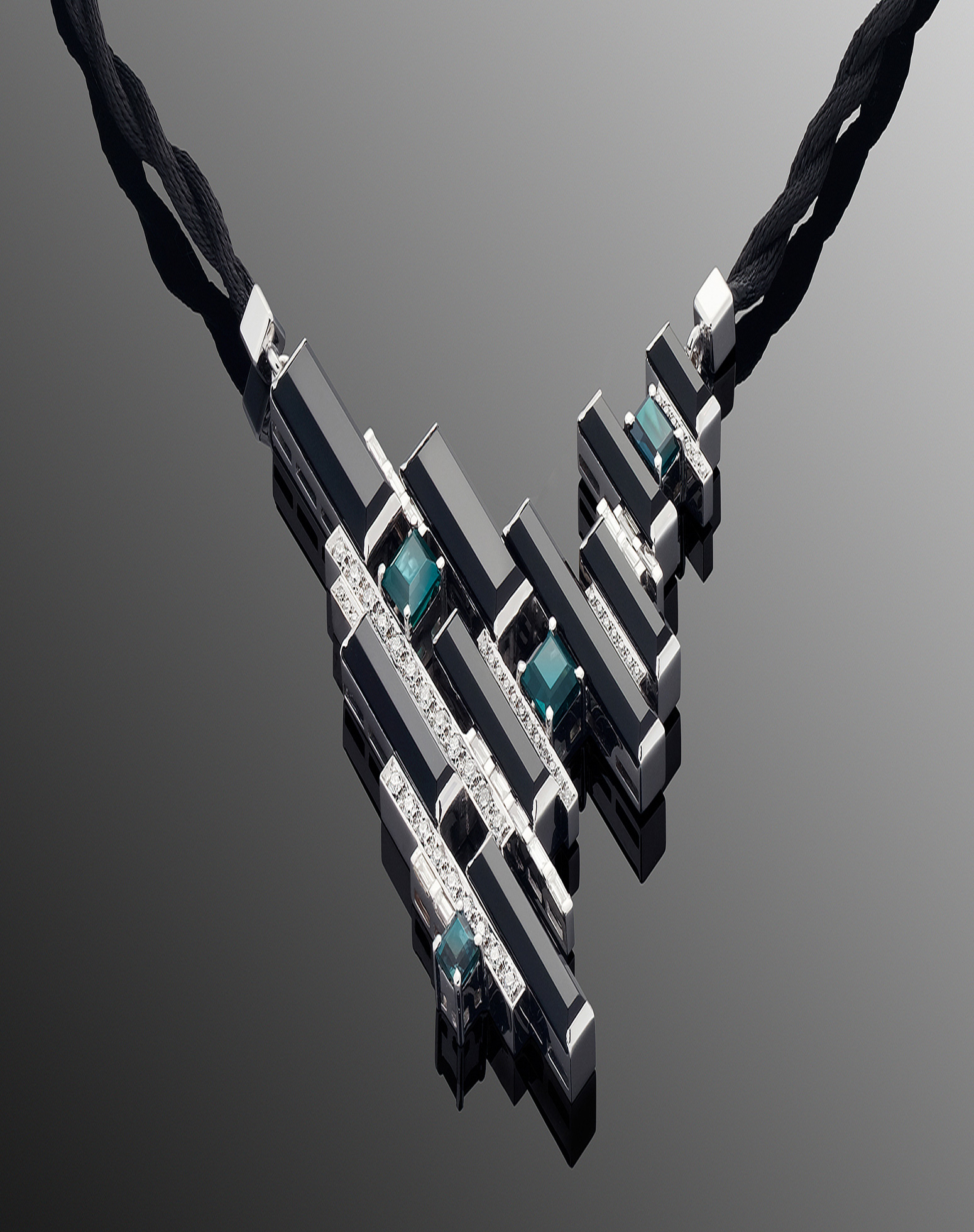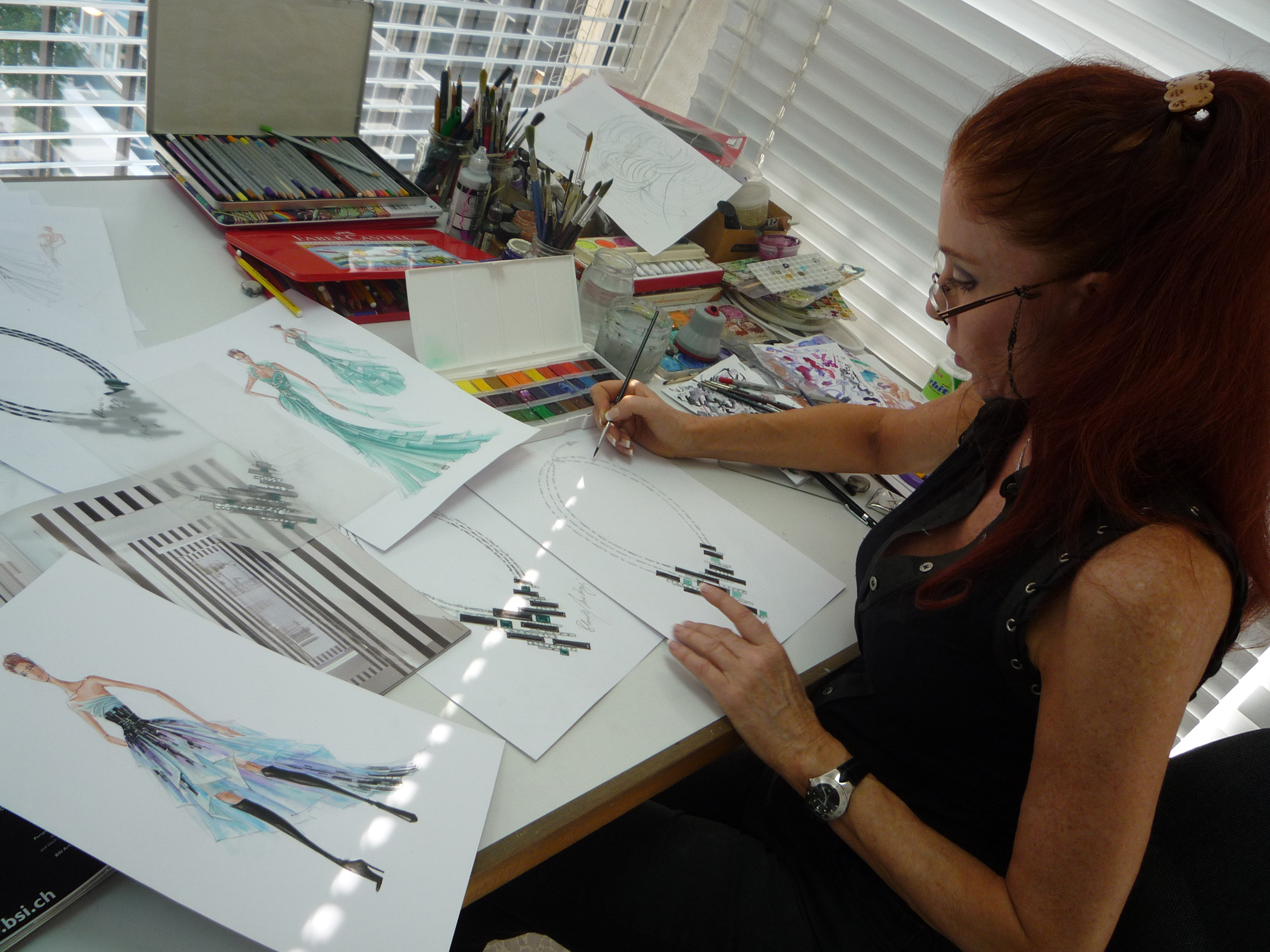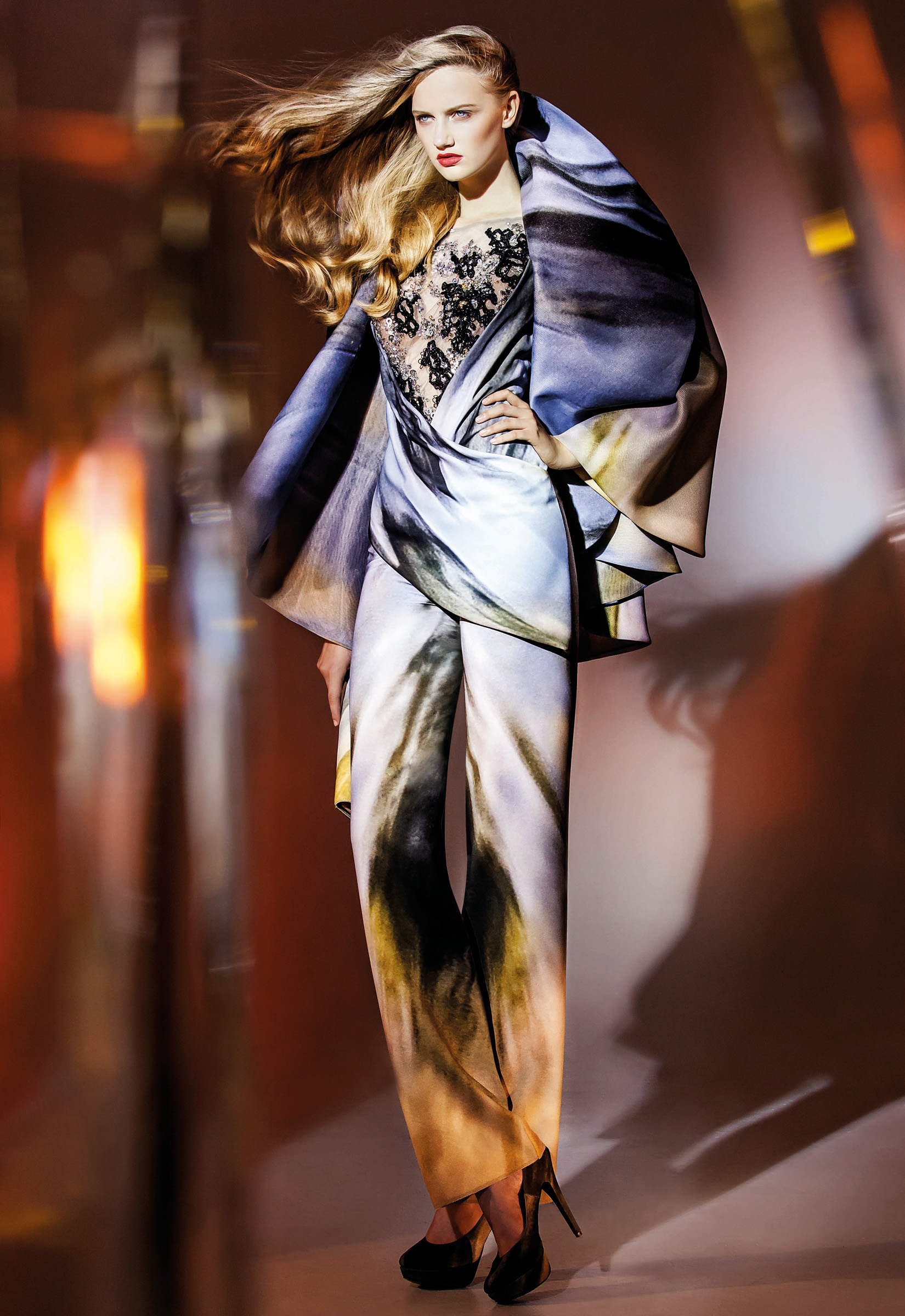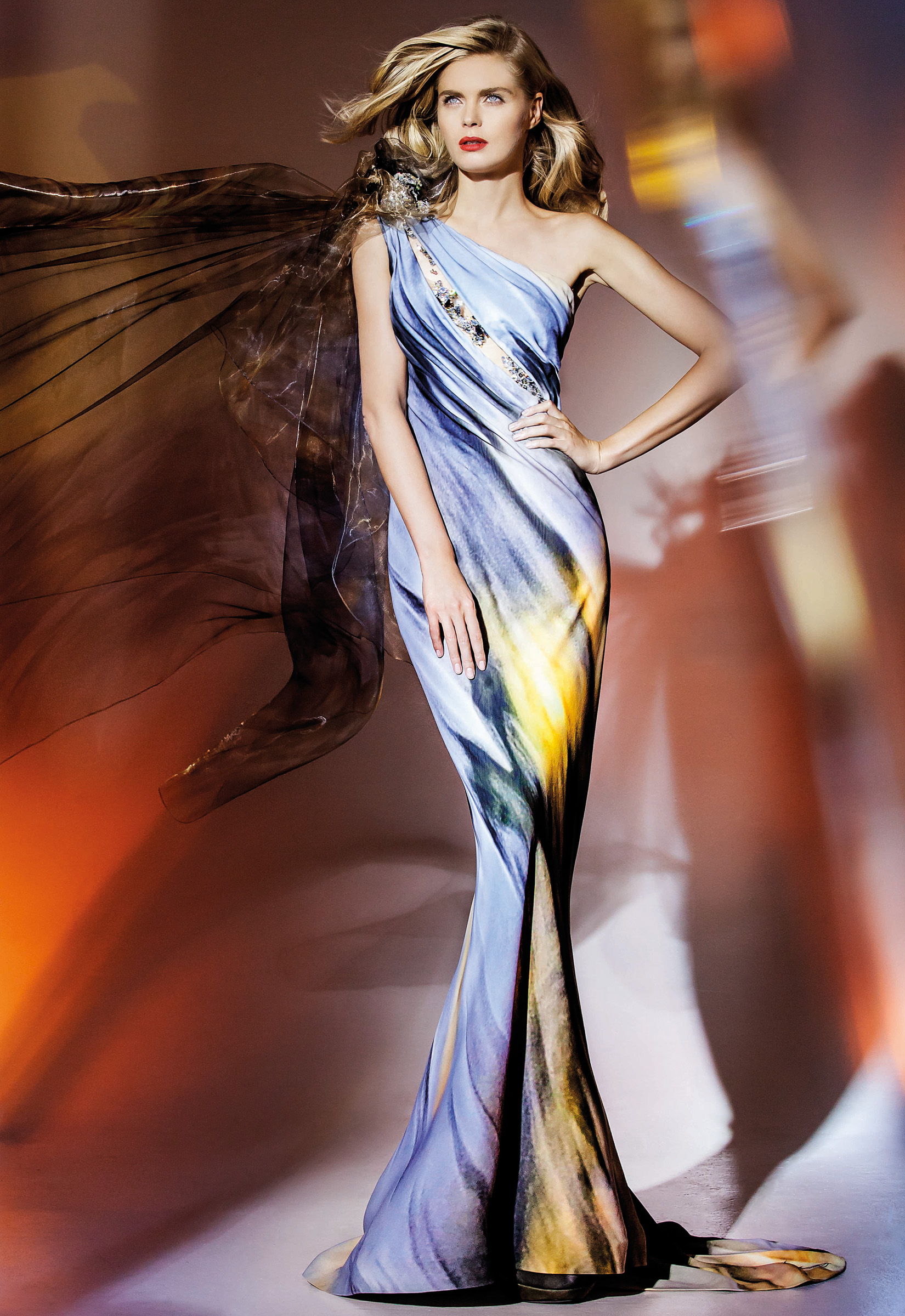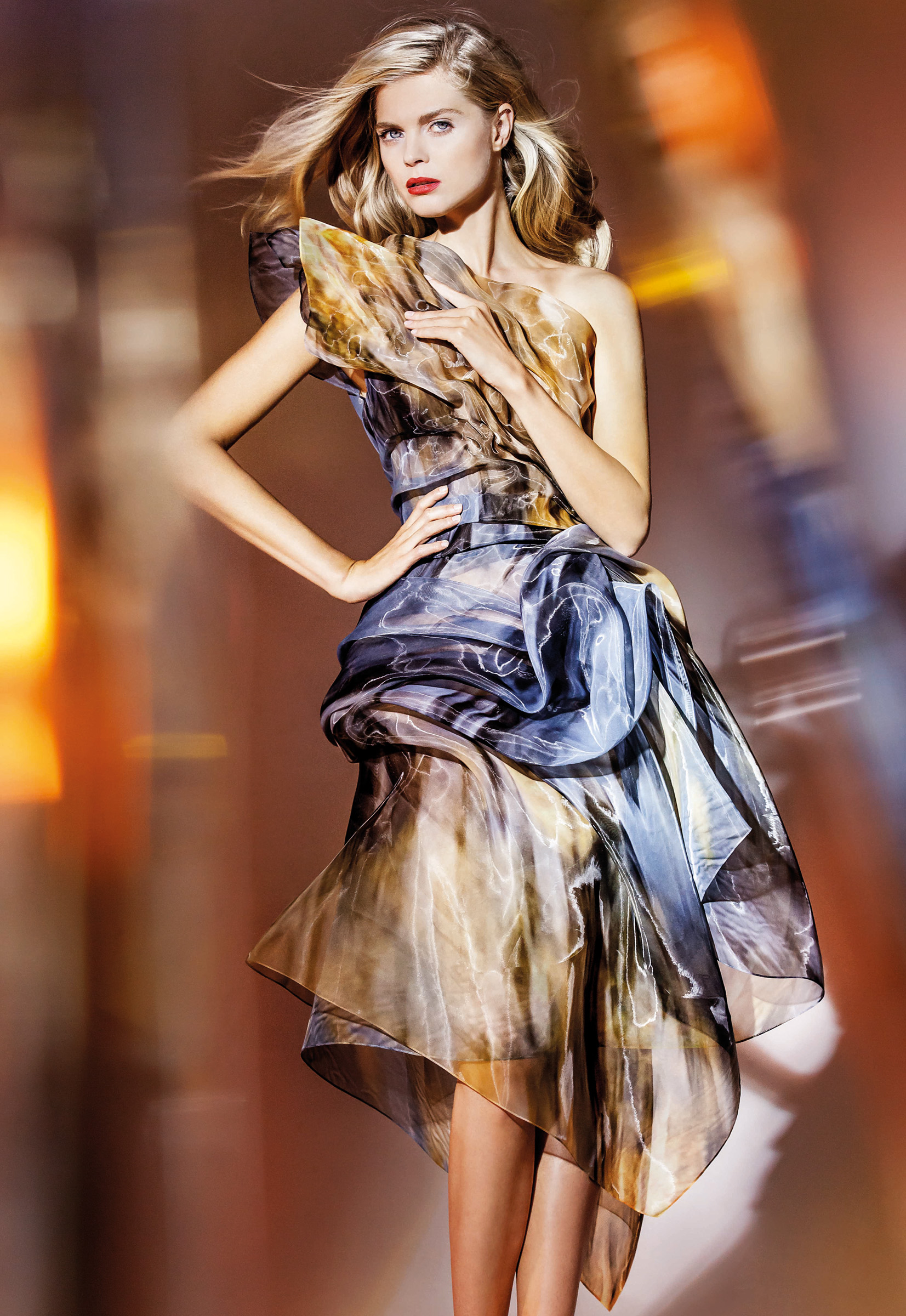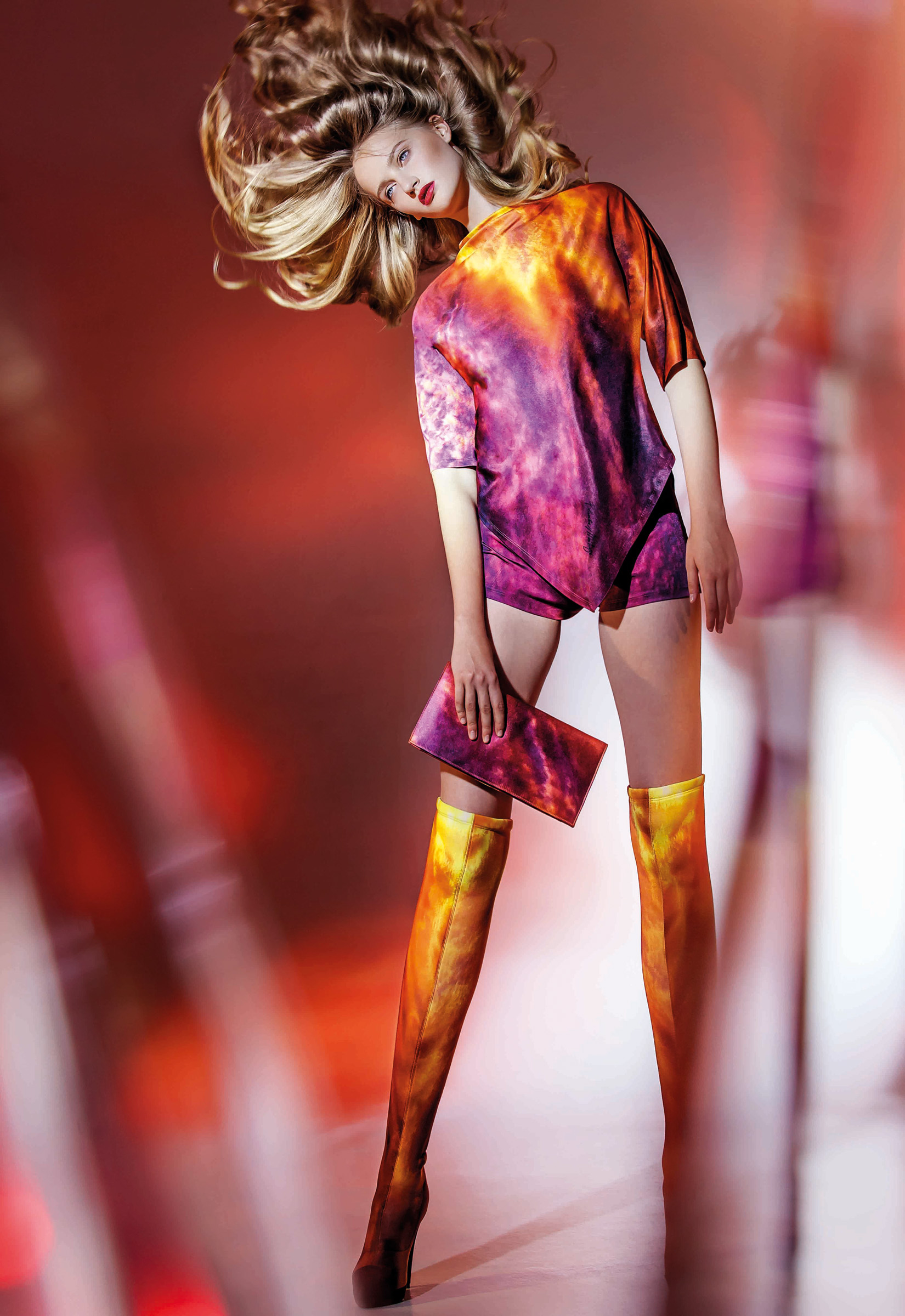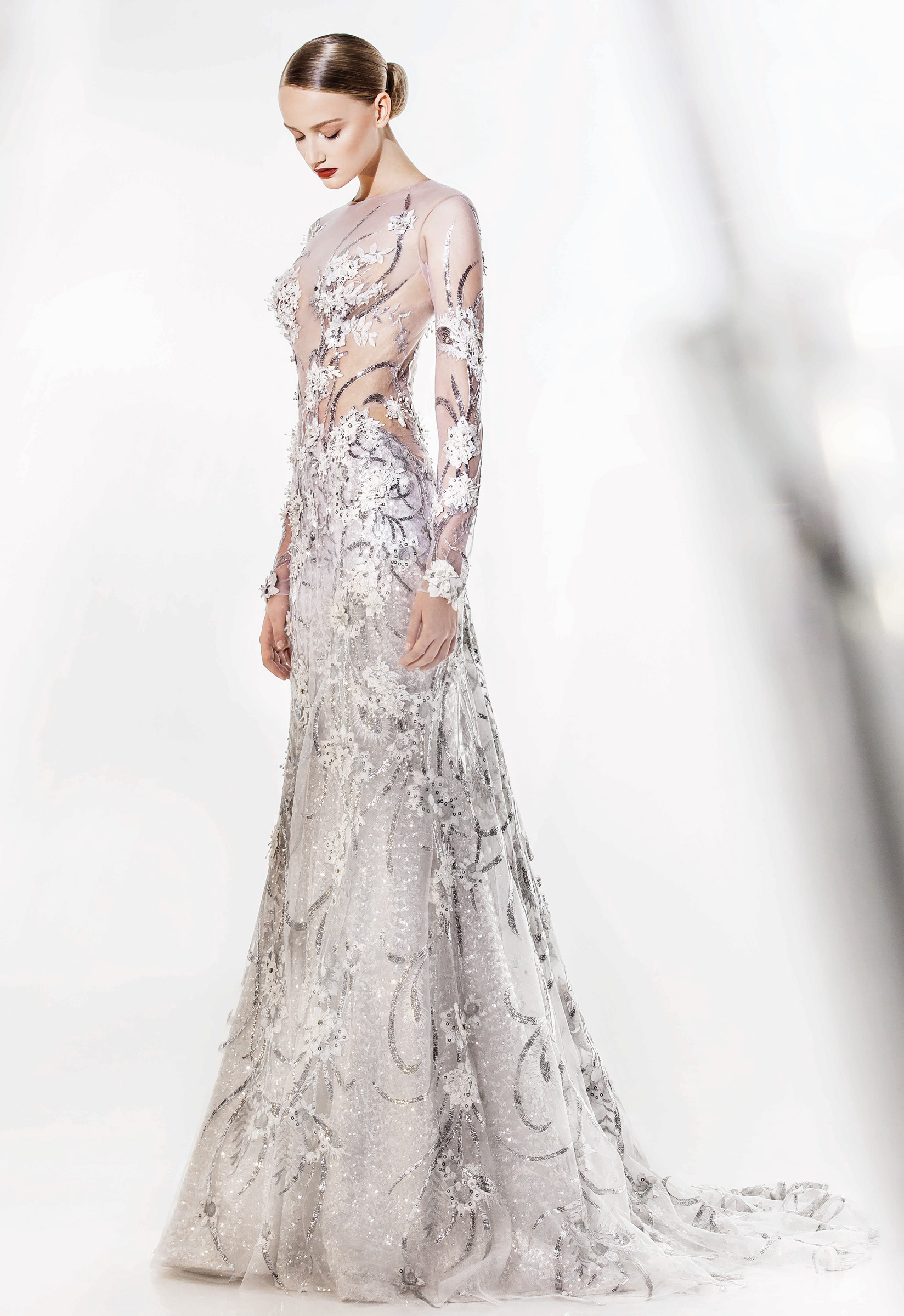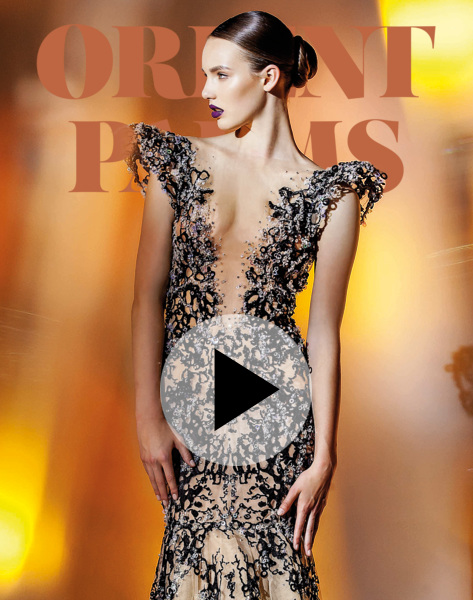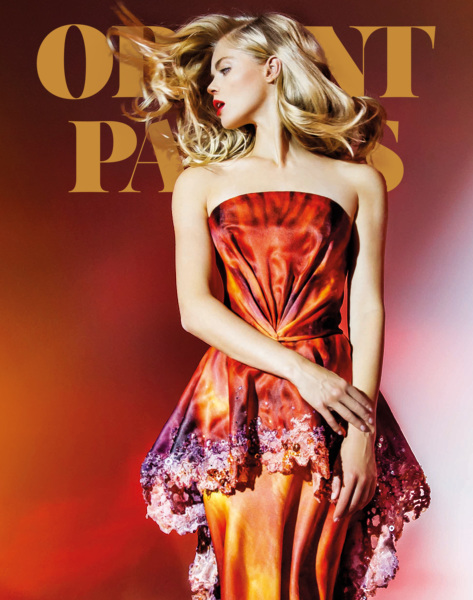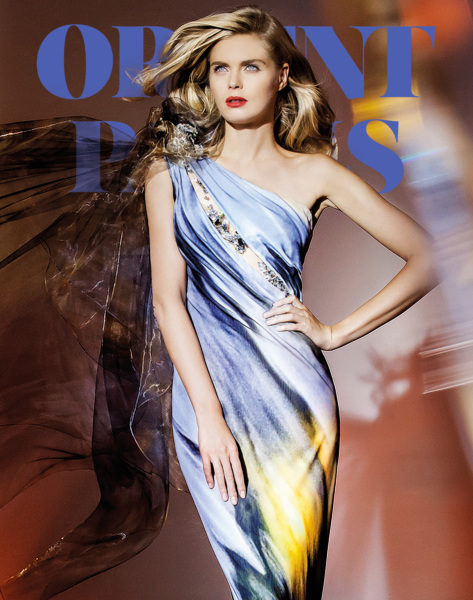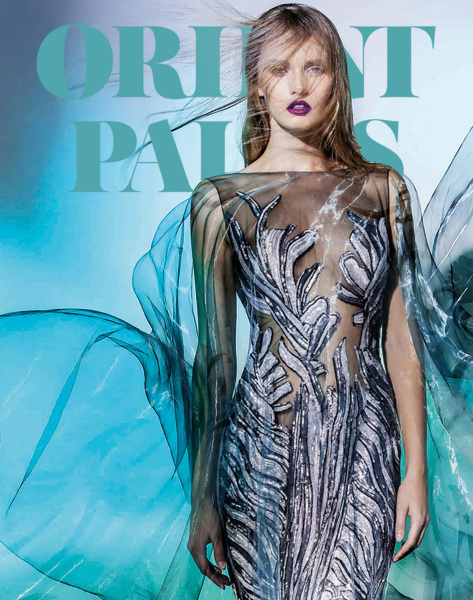First of all, I was lucky to be educated in Czech Republic. I was able to graduate in two different fields. Since I was six years old I had the ability to look at things unusually. As kids we were dreaming about fairytale princesses, so I made a doll with cardboard and changed her dresses. When I was 15 years old I started modeling, sowing, and designing. My father was a teacher in crystal making: I did my artistic baccalaureate with him in engraving and designing crystal. This was the first opportunity.
Then I got accepted in the Academy of Arts, Architecture and Design (AAAD) in Prague: that’s how my career as a fashion designer began. During my last year in the AAAD, I met my husband, who was finishing his PhD. We fell in love. He was a director in civil engineering in Saudi Arabia. At first we were writing letters to each other, then we settled together in Lebanon. From the first breath, I loved Lebanon! I loved the mood, people’s smiles, the acceptance, the sea. Plus I am tall and thin with red hair and they loved it (laughs)! In communism, you could not express yourself exceptionally. I always knew that I should go somewhere else, beyond the borders of Eastern Europe. I was lucky that Lebanon is such a cosmopolitan country.
In a course of a year, we opened the atelier in a prestigious location and many people heard about me through the media. I felt supported. Wives of ministers were among the guests… I started to work for the high society. The Lebanese women are demanding, sure of themselves and very proud like no other women in the world: it was a good experience for me.
In the Czech Republic I was educated about art and how to look at art, how to take the right things from history, art, nature, and my surroundings. But in Lebanon I was taught about the lifestyle of being Lebanese. If I had gone directly from the Czech Republic, without my Lebanese experience, to a client’s palace in the Persian Gulf, I could never have succeeded.
The Lebanese minister of foreign affairs, Mr. Gebran Bassil, asked me if I can present my collection Return of the Phoenix. He invited me to the diaspora meeting of Lebanese people who succeeded abroad, but I was the only one living here and I had never left the country. He chose me as the opposite example. I showed that I’m a real fighter, a Czech surviving and succeeding in Lebanon with my double culture.
In 1999, my crystalline collection was exhibited in Beirut, this is when the Lebanese discovered that I also design crystal. Private collectors would also ask me to create sculptures for them for architecture.
In the Czech republic, I love the International Glass Symposium to which I have been invited many times. It takes place every two years and lasts for one week and it is attended by crystal artists and designers from all around the world. I was invited again and asked to create the biggest crystal dress in the world. This is a crystal black and white "op-art" dress that is in my exhibition "Timeless" in Prague.
Another important opportunity was to work with companies such as Lasvit in Downtown Dubai, a factory manufacturing crystal. Now, my production is sold in Harrod’s in London for Chandelier couture.
One thing leads to another, so now I also have a home collection: carpets, cochins, porcelain, statues, lamps, crystal orchids…
They are sold to different companies separately from the fashion collection. This art-deco necklace is for the Diamond International Corporation in Belgium. And this is a hombre diamond and ruby ring. It has three dimensions, it is a triple ring as it goes on three fingers together.

And this is the art-deco ring. [as we were looking at the other ring, the one with the necklace]. It is very modern with its simplicity and well-studied cut. It has a black diamond, a white diamond, and an emerald.
12 years ago, I had collaborated with “The coin collectors” — they are worldwide collectors — for my Butterfly collection. And now, in light of my new “Elements” collection, I am working with them on the “Splash coin” which will be released for Christmas. It is from pure silver and on the other side it has my signature. It can be worn as a necklace.
You know, I like to collaborate with fabric companies, search for what is missing and try to fill the gap with innovation. I have been painting on fabric since 25 years, when I went to this Italian factory where they print for Cavalli and Versace: they were amazed because my collection was hand-painted, and they printed it on fabric.
With “Elements”, I wanted to show that I could sculpt the dresses, so I asked for fabric which I could scratch. But a machine cannot do it: I had to do it by hand and it can’t be replicated. Each piece is unique. But I would be so happy if it could be printed and replicated so it could reach a wider public with my message to save our planet.
When they asked me: ‘Do you think this will work?’ I said that it would if they upgrade it to something that had not existed. I used it few months ago. “CRAN” is hard like glass. Its character is like molten glass. When you heat it, it stays in form, so when I move it, it needs only one stitch, and it stays there. This is the possibility to sculpt dresses. This is like a three dimensional tulle. Normal tulle will never take this form. It is about idea and creation. Look at how I sculpt it around transparency. And you can also print on it. It seems complicated because you wonder how it holds.
When you sit with the “CRAN” dress it does not shrink so it is comfortable. This jacket is sculptured. You can wear it on top of an overall, jeans, t-shirt. This innovation is for the people. This is what will count; my target is that anybody could have this design. So this is “CRAN”: it is an illusion in 3d and you can print on it. I did not expect that people would love it so much.
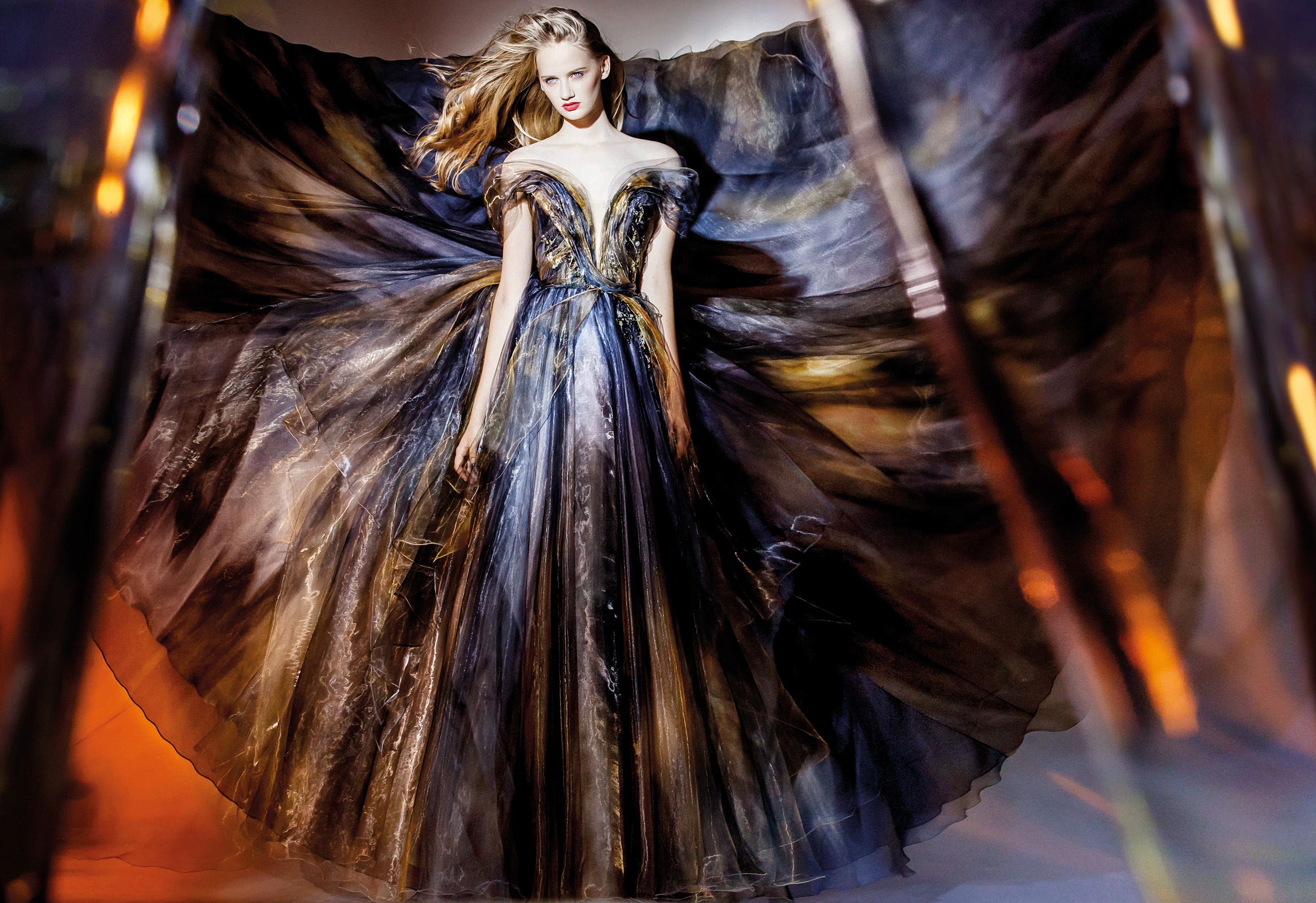
The photographer is Lucie Robinson, she is very talented, works for international magazines, and she creates innovative pictures that tell stories. It is the third collection that we shoot together. When I explained my vision for my collection she came up with ideas to present it with surreal pictures.
It’s obvious that Lebanese designers are among the best in the world, so why not do this festival here. When Johnny Fadlallah asked me to head up the jury in the BYFDC during the “La Mode à Beyrouth” fashion week, I did my special collection “Univers” in 6 weeks. I was painting the composition of the endless universe. Everyone can be influenced and be happy that we are all connected. I like challenges… I am always like this.
Interview recorded on December 21 at Blanka Matragi’s atelier in Beirut.



